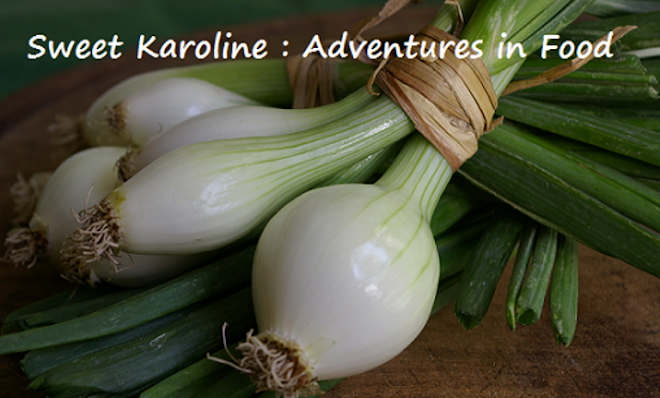
For this dish, make sure to get the grill nice and hot. If it is too cool, the fish will stick. To time it right, place the fish on the grill right before you add the potatoes to the pot. After approximately 10 minutes, the skin will release itself from the grate when one side is fully cooked; then, you will know that it is time to flip. The skin should be brown and crispy by the time the fish is done. If snapper isn’t available, substitute branzini, dourade, or loup de mer. It is even possible to use whole walleye or large mouth bass that you caught yourself. This recipe will serve four light eaters. To make the recipe for two, use less shellfish.
Serves 4
1 teaspoon olive oil
1 red onion, chopped
1 carrot, chopped
1 yellow bell pepper, chopped
½ cup white wine
1 yukon gold potato, cut into matchsticks
1 ½ cups water
2 scallops (about 3 ounces), sliced in half horizontally
3 ounces shrimp, peeled and de-veined
4 oysters, shucked
3 ounces crabmeat
Zest and juice of one lemon
1 tablespoon chopped parsley
Salt and pepper, to taste
3 cloves garlic, sliced
1 bunch spinach
1. In a heavy-bottomed pot, heat olive oil over medium heat. Add red onion, carrot, and bell pepper. Stir; cook for one minute. Add white wine; cover and cook for 5 minutes.
2. Add potatoes and water; stir. Cover and cook for 10 minutes, stirring occasionally.
3. Add scallops; cook for 3 minutes, covered. Add shrimp; cook for 1 minute. Remove pot from heat; add oysters and crabmeat. Stir in lemon zest and parsley. Season with salt and pepper. Set aside, covered.
4. Heat a large sauté pan over high heat. Add garlic and ¼ cup wine; bring liquid to a simmer. Add spinach; cook until the leaves are wilted and the liquid is evaporated. Season with salt and pepper.
5. Arrange spinach on a large platter. Arrange vegetables, shellfish, and broth on top of spinach. Set grilled fish on top. Serve tableside.
FISH
1 whole snapper (about 1 ¼ pounds), scaled and gutted
2 tablespoons olive oil
Salt and pepper, to taste
1. Heat a gas or charcoal grill until very hot.
2. Score the skin of the fish with two long diagonal slits on both sides.
3. Brush the fish with olive oil and season with salt and pepper. Season the inside cavity of the fish as well as the skin.
4. Place directly over hottest coals or in the hottest area of a gas grill. Cook for 20 minutes or until skin is crispy and flesh yields slightly to the touch.








